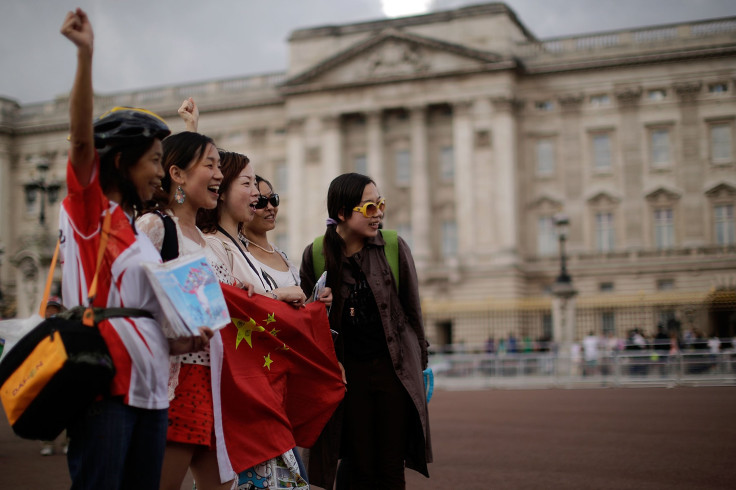Chinese Tourists Break Spending Records Abroad As Inbound Tourism Falls

China is facing a "tourism deficit," as Chinese tourists spend hundreds of billions of dollars overseas, but inbound tourism takes a significant dip. Chinese government tourism statistics reveal that outbound tourists spent a record $164.8 billion overseas in 2014, or $113.6 billion more than tourists coming from abroad to China spent.
The State Administration of Foreign Exchange is reporting that the so-called tourism deficit of 2014 is 50 percent larger than that of the year prior, with two separate trends causing the imbalance. For Chinese tourists, yet another increase in disposable income, of 10.1 percent last year, combined with economic growth, has translated into a greater desire to travel and explore.
“More and more ordinary Chinese are putting tourism expenses on their list of priorities,” Ge Lei, a marketing manager with CYTS Tours Holding Co., said, according to Bloomberg Business, and the numbers prove it: Behind those dollars were 109 million Chinese tourists last year.
Inbound tourism continued to struggle in 2014 for the fourth year in a row. According to data from China’s National Tourism Administration, inbound tourist numbers dropped to 116.91 million people in 2014, compared to 135.42 million in 2011.
The plummeting interest is attributed to the country’s rampant pollution issues, the appreciating currency and a complex visa process, which have driven tourists to nearby countries. “With China becoming more expensive, tourists interested in Asia are naturally drawn to China’s neighbors, especially those with more developed service industries,” Liu Simin, a deputy secretary for the Beijing Tourism Association, a government-run research body, told the South China Morning Post. Destinations like Hong Kong, Japan, and South Korea saw growth in inbound tourism numbers in the first 10 months of 2014, the United Nations’ World Tourism Organization reported.
However, Liu said the numbers point to the development of travel culture among the Chinese. He explained that while the number of Chinese tourists is likely to continue increasing, it will taper eventually. “China’s outbound tourism is hot because it’s only getting started,” Liu said. “We have been developing the inbound tourism market for many years,” adding that more developed tourism markets see slower growth.
For now, many countries are reaping the benefits. According to Brand USA, a tourism initiative launched by the American government, the average Chinese tourist spent $5,400 during their trip to the U.S., outspending other international tourists by 21 percent.
© Copyright IBTimes 2025. All rights reserved.






















